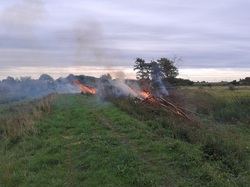 We have finally burnt the last of the willow brash along the New Cut. It is important to remove or destroy cut willow material as soon as possible otherwise even small branches can readily take root and grow again leaving an unmanageable willow tangle! The New Cut will now be grazed by Highland cattle through the growing season to control the more invasive species dominating the river bank. After a few years we hope to be able to spread hay from our wildflower meadows and implement a summer meadow management.
0 Comments
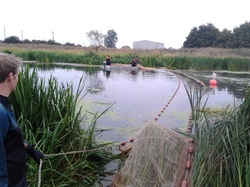 The Environment Agency carried out their fisheries monitoring survey down at Dimmocks Cote on the River Cam this morning. The site is notoriously difficult to survey with nets because of the thick weed margins and as a result is always left until last! 60m of the river is sectioned off with weighted nets across from bank to bank (approximately 2000 square meters) then fished using a seine net. Due to the weed margins which cannot be netted, only fish in open water can be caught as a result the fishing here proved to be quite inefficient. We shall be working with the fisheries team over the winter to establish a research and recording structure to monitor the eel population at Kingfishers Bridge with particular attention to the triggers for "silvering" the process by which mature eels become ready to leave for marine breeding grounds. As a Stillwater site this is particularly important to ensure any stocked eels do not get trapped in a closed system, and should have much wider reaching influence for other Stillwater sites such as fishing lakes.
It's that time of year, everything needs cutting before it's too wet to get on much of the project other than on foot. The rough has recovered fantastically, it's hard to believe that less than a year ago it was all dense scrub. Now the beetle grass mix is coming through strongly and should have a good footing by the end of the growing season, whilst the sedge beds at the bottom end of the area are growing more strongly than ever without being shaded out. Both ponds are maturing quicker than expected and should be due for stocking with Rudd by October. 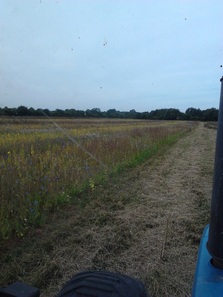 The Wild Bird Seed plots on Padney field have recovered well despite the dry start to the year, whilst not as dense as it was hoped they would be (the Kale never germinated properly to give the ground cover), there is a lot of seed in the Radish, Mustard and Linseed and will give a much needed food source to our declining farmland birds this winter. Fingers crossed we can beat out record of 200 linnets from last year! The pollen and nectar grass mix has gone over for this year though and needs cutting. Unfortunately it still has a large proportion on thistle and has no value as fodder, however we are baling it and selling it to the Biomass power station this year and will weed-wipe the crop next year when the thistles first come through. |
James MossReserves Manager at the Kingfishers Bridge wetland creation project in Cambridgeshire. Archives
February 2021
Categories |
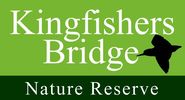
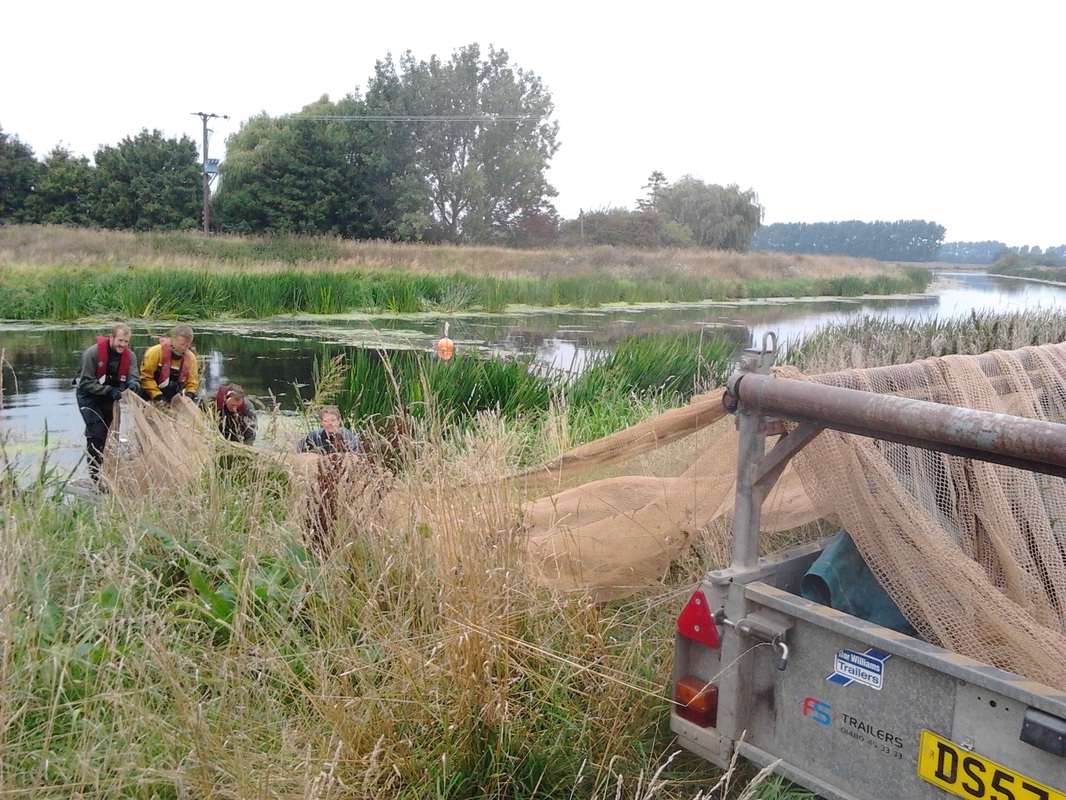
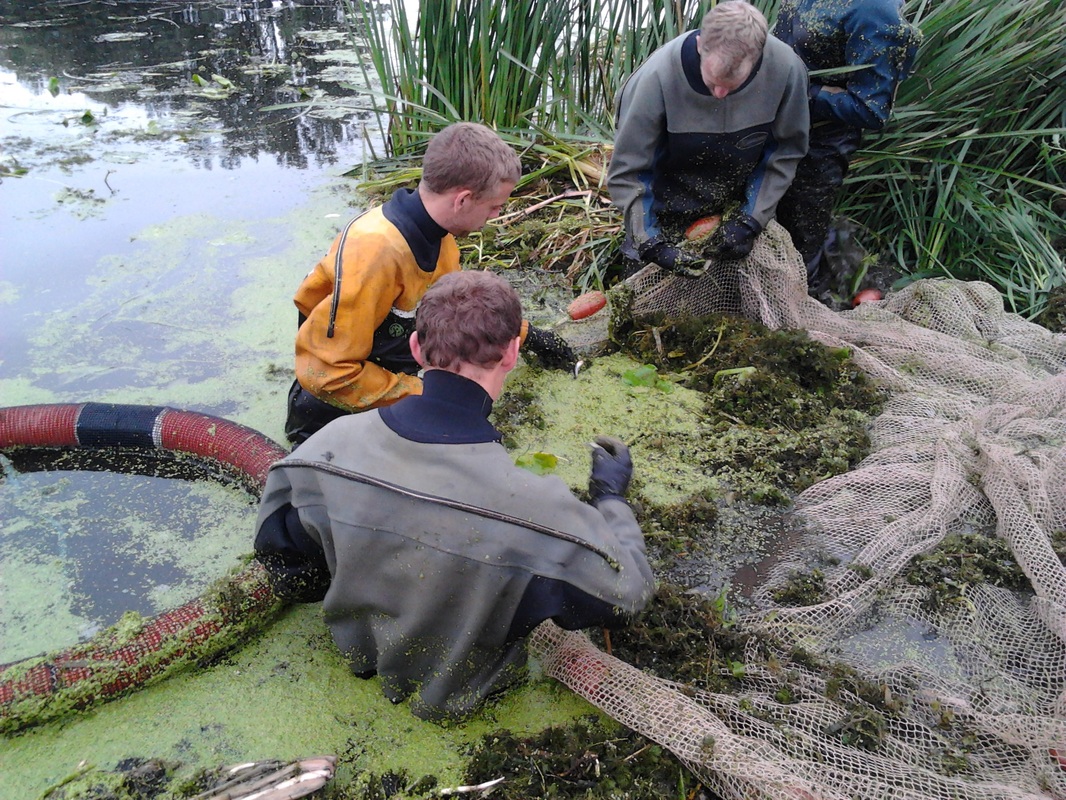
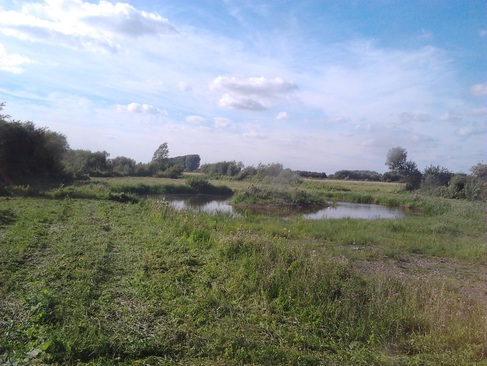
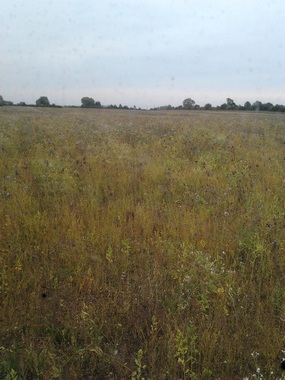
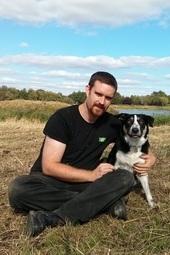
 RSS Feed
RSS Feed